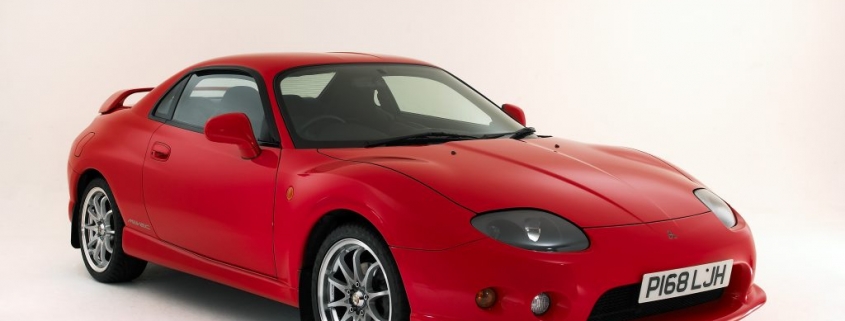JDM Cars You Can Legally Import in 2022
Importing a JDM vehicle is nothing new, but thanks to the U.S. federal laws governing the process, and one important exemption, we do get a new batch of import-eligible cars every year. Once a car, truck, or SUV is 25 years past its build date, it becomes exempt from import restrictions on foreign vehicles, because it’s considered an antique at that point.
Here are a few Japanese Domestic Market (JDM) relics that will soon be eligible for import:
The 1997 Mitsubishi FTO is like a JDM Eclipse that sounds better
Because we already had the Eclipse, the Mitsubishi FTO never made it to the U.S. in any official form. Earlier versions of this sporty JDM coupe have been import-eligible for a few years, but soon you’ll be able to bring over the facelifted 1997+ variants. According to the FTO Buying Guide on JDMBuySell.com, the later models have a revised front bumper and splitter, along with a redesigned spoiler at the back, and revised suspension geometry.
Engine options for 1997 started with a SOHC 1.8-liter inline-four on the base GS model, but what you really want is one with the 2-liter V6. It’s a shame that we typically don’t get smaller short-stroke V6 engines in the U.S. The 6A12 from the FTO has a free-revving character and sounds incredible, belting out as much as 197 hp in the top MIVEC configuration with variable valve timing.
Type R: the ultimate JDM Civic
Though they are quite rare these days, the EK Civic Hatchback was available in the U.S., though never in the ultimate Type R format. This most extreme of EK Civics was reserved for Japanese consumption only, with the screaming B16B engine. It was essentially a destroked B18C from the Integra Type R, and produced 182 hp @ 8200 rpm. Upper trims were available with bright red Recaro seats from the factory, or you could have a stripped-down N1 variant intended for those who were choosing their own racing seats.
Mitsubishi Pajero Evolution Conquers the Dakar Rally

Far less common on the JDM spectrum, but no less interesting are SUVs like the Mitsubishi Pajero Evolution. They only exist because rules for the Dakar Rally required a certain number of road versions to be made in order for the race version to be legal, a practice called homologation. Mitsubishi built 2500 of the V55W variants from 1997 to 1999.
Unlike the Lancer Evolution, the powertrain in the Pajero Evo did not come with a turbocharged engine. Instead, the 3.5-liter DOHC 6G74 V6 was equipped, producing 275 horsepower with MIVEC variable valve timing. Fender flares and scoops give the road versions essentially the same profile as the competition siblings. Race versions of the Pajero were dominant, to say the least, winning the Dakar Rally more than any other manufacturer. Although the two-door configuration limits practicality, it’s a fair price to pay for an SUV that looks this fast and aggressive.
RELATED: The Mitsubishi FTO Is a JDM Car That You Never Knew Existed
The post JDM Cars You Can Legally Import in 2022 appeared first on MotorBiscuit.







